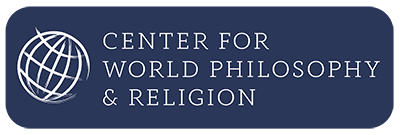by Dr. Marc Gafni | (part 2)

The most powerful expression of this realization is in the prophetic encounter with the divine mystery. This encounter runs like a thread from Abraham and Sarah to Moses, Miriam, Jeremiah, Isaiah, Ezekiel, and the larger legions of prophecy. As America’s second president John Adams has already noted, the best of everything Western man knows about freedom, love, ethics, and responsibility emerges from the great encounter between the finite and the infinite.
The Encounter with other marks the emergence of the pre-personal slumber. The baby encounters other even as the emergent human being who experiences his separate self turns to other. The encounter–relationship–is born as the central dynamic of human existence.
In the encounter between separate selves, love is born.
In the encounter, the infinite creative intelligence, which is the underlying ground of the kosmos, reveals itself to you with compassionate face. Full of care, challenge, and concern.
The encounter is an actual experience, which engages all the sense of man. At the same time, it is well beyond any limited material apparition of deity.
The knowledge of the presence is conveyed with irresistible force even as the presence remains invisible to the naked eye. The encounter is not philosophical abstraction or metaphysical speculation. The knowing is not derivative. It is immediate. The presence is directly felt and recognized. The nature of the experience is induced as an absolute certainty. Not certainty of dogma, not certainty that it is true, that you are true. You are fully affirmed in the encounter.
The experience combines two very different qualities. Radical love and radical danger. The presence by the very fact of its overwhelming power seems to threaten the very life of the person to whom it is addressed. Moses hears the voice and hides his face. Face means his singular individuality, which feels threatened by the encounter itself. We have scripture on this. “Did ever people hear the voice, speaking from the midst of the fire and live?”
For more of this essay, see Part 1 or Part 3.
You can also join Dr. Marc Gafni’s contacts on LinkedIn.
